Lost Playground: Deemer's Beach
Summers at New Castle's bygone riverfront Resort and Campground
Update, 10/7/25: Selden Deemer, grandson of the industrialist and recreation enthusiast in this story, has offered a minor correction: “Selden Scranton Deemer was my grandfather. There is no “o” in Selden. It’s a common error; I was born before photocopiers, and the first copy of my birth certificate was handwritten with the “Seldon” misspelling.” … That error has been corrected in the article.
On founding his eponymous beach resort and amusement park in 1925, Selden Deemer predicted it would “equal if not surpass Coney Island!” If nothing else, for nearly two decades, Deemer’s Beach Park was our Coney Island…
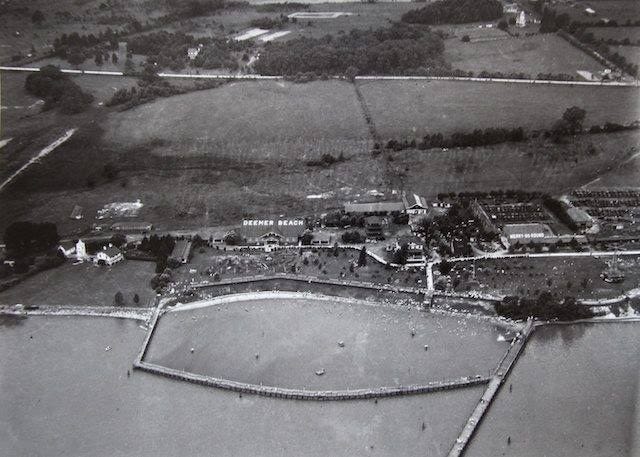
Sea (and lake- and river-) side resorts gained popularity in the late 1800s, beginning as havens for the wealthy and/or infirm but proliferating by the 1920s to become part of what Summer meant for millions of Americans of many backgrounds. (Readers familiar with Dirty Dancing or, more recently, the Marvelous Mrs. Maisel may draw reasonable comparison to the Summer resorts they depict.)
New Castle industrialist Selden Deemer founded his park in 1925 after selling his interest in Deemer Steel and stepping away from that industry. In the spirit of the decade, his vision was ambitious from the outset: to create a resort that could be a local alternative and even rival to more famous and established Summer destinations.
Deemer (at center in this 1928 photo) set aside a hundred acre parcel along the Delaware south of Army Creek and started out with campgrounds, a giant swing (top photo), and various beach amenities. The amusements and boardwalk quickly made the place popular, earning mentions in papers throughout the state. It would become a favorite spot for Sunday school outings, large family gatherings and other big to-do’s, too!
Beyond the beach and campgrounds, the resort would come to offer much more. Deemer’s park eventually had a hotel and various dining options including the popular Merry-Go-Round. And with a roller skating rink, ever increasing numbers of amusements, and direct service via train, steamboat and the Penn Ferry, the park grew quickly during its first several seasons.
In 1929, Deemer added what would become a main attraction, connecting two jetties in the Delaware to form a large artificial lagoon in the river, surrounded on all sides by a boardwalk (visible in the 2nd photo above). At high tide, river water would just wash over the jetties, refreshing and replenishing the wading pool, yet remain below the walkway so that guests could still enjoy their promenades.
The resort operated for nearly two decades just south of town. But the Depression hit hard, and as cars proliferated and pressure from bigger resorts like Atlantic City increased, Deemer’s Beach struggled. And growing concerns about pollution in the Delaware created an additional headwind to the park’s operation.
“When Dad died in 1935, that was about the end of it,” Buddy Deemer remembered in a 1967 News Journal article. The property was sold to new management before the 1939 season, and closed down just a few years later. The campground and beach would continue to see intermittent use amid varying levels of upkeep over the following decades.
Helped along by a 1960 fire, by the time of that 1967 article, “a jungle of weeds [had] just about taken over. The old buildings that once housed happy excursionists and the amusement park once filled with the laughing voices of happy children are now almost completely crumbled.”
Since 2010, most of the lot where the beach park operated has become an industrial park, with Printpak closest to where its main buildings once stood. According to locals, apparently the carousel’s central post had remained visible until as recently as a decade ago.
Now, however, there seems to be little trace of the resort, save for a few possible echoes along the riverbank where it once stood. There, a double row of pylons peeks up out of the river just north of newer piers while, nearby, arched cement ruins lie forgotten on the beach beside Printpak’s back fence. The boisterous playground of a hundred years ago is just gone.
In fitting tribute to a man who devoted his last decades to making a generation of New Castilians and Delawareans happy, though, just a bit further north remains the much-loved public beach that still bears Selden Deemer’s name. Because - especially this week - we still all just need somewhere nice to cool down.
Special thanks to Robert Biddle for his Facebook post about this in a local history group (which I highly recommend if you use the app), which put us on to the topic. Thanks also to Jim Meek, whose NC-CHAP website is an invaluable treasure trove of information on New Castle’s history.
Additional thanks and credit for info and photos go to:
Delaware Public Archives, and the
New Castle news archive maintained by the New Castle Library Friends.
Please follow and support all of these great organizations which preserve our history and strengthen our local community.
If you enjoyed this story from New Castle City Topics, please help others find it by sharing by email or on social media. You can find it on our Facebook or Insta - where Likes and comments also help. And please subscribe below for future content - Thanks!


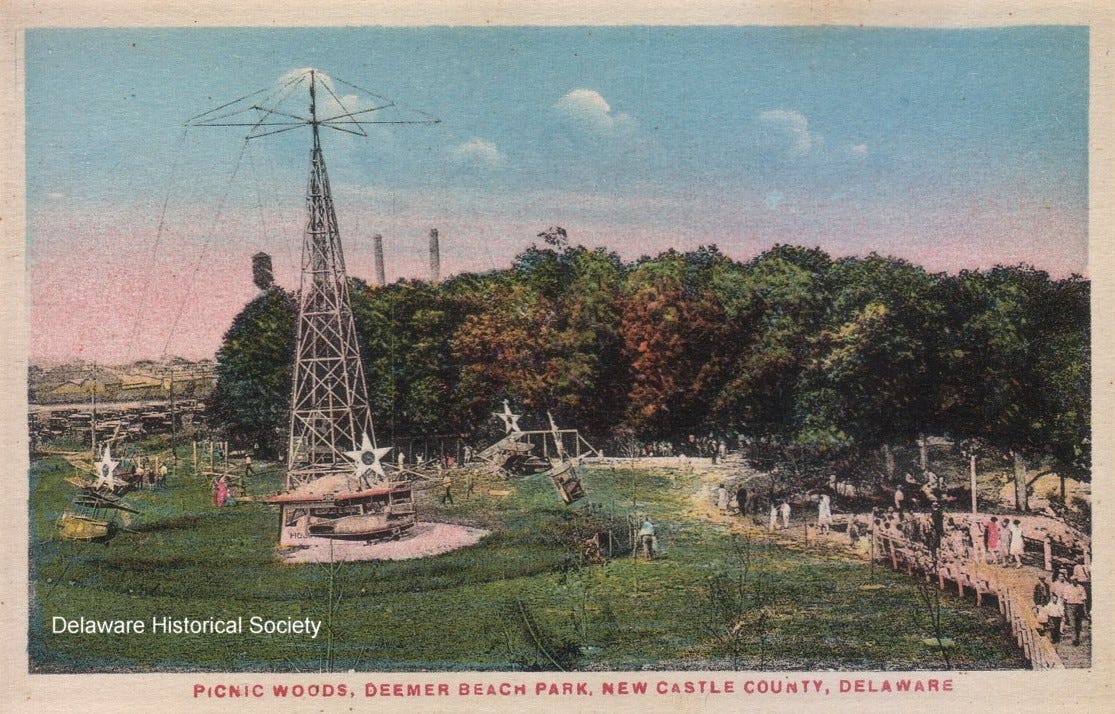
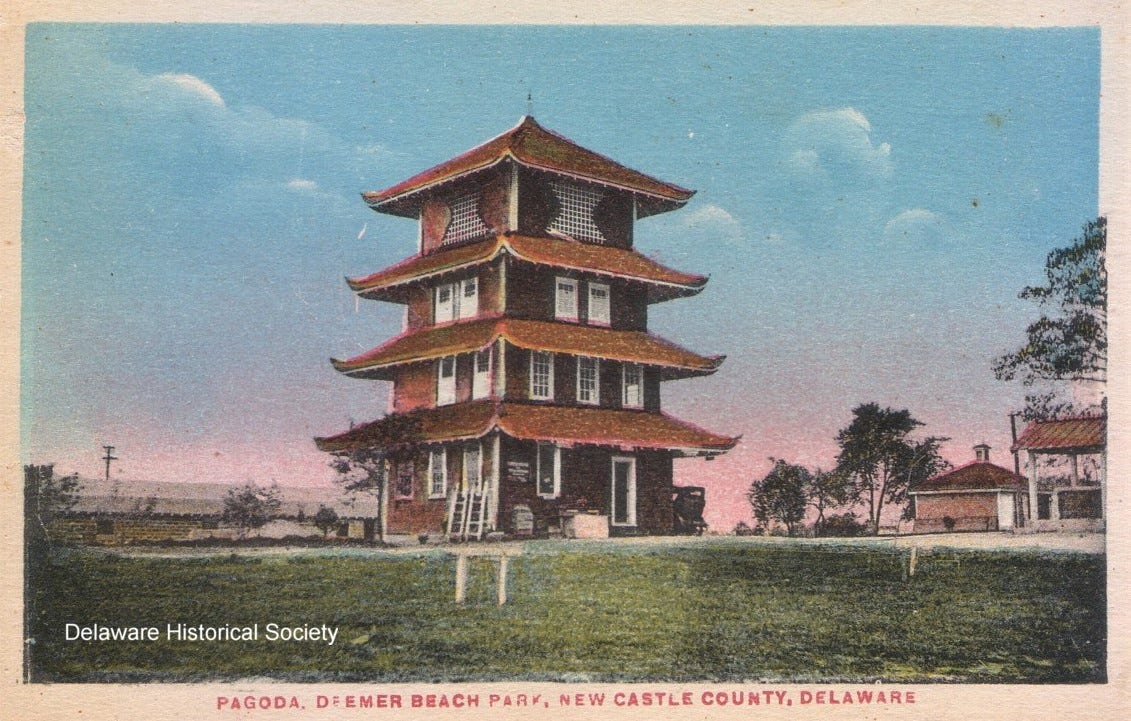
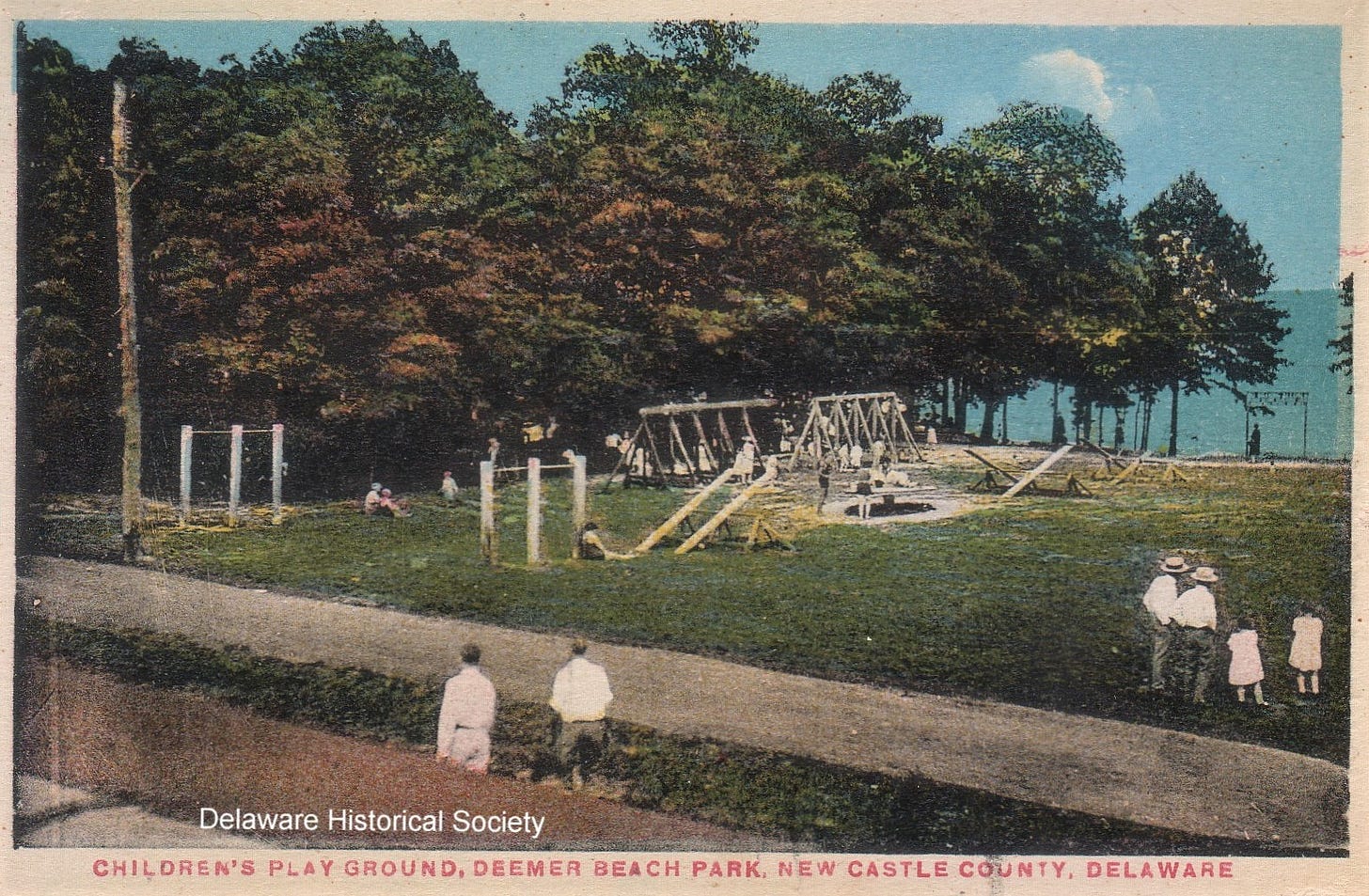
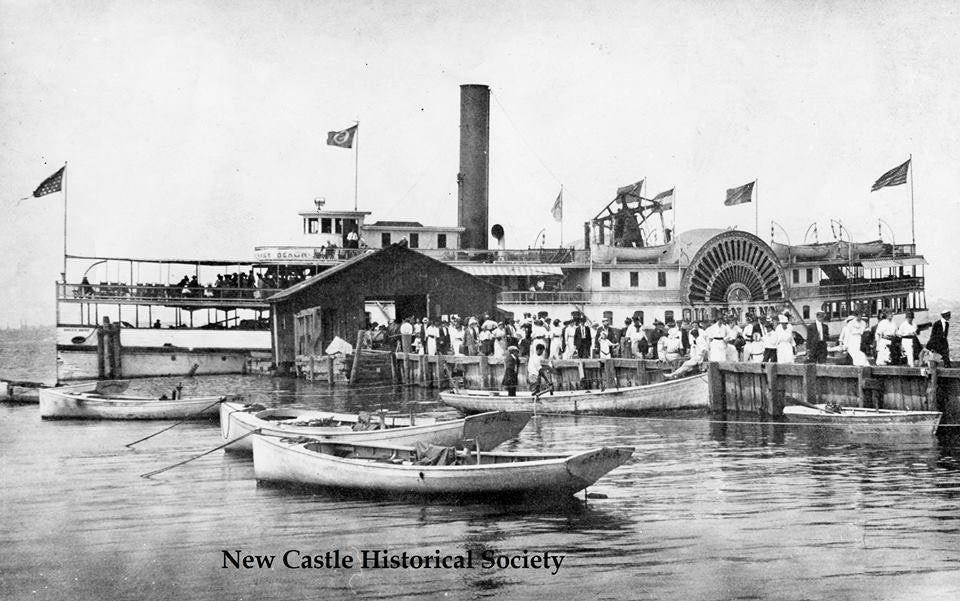

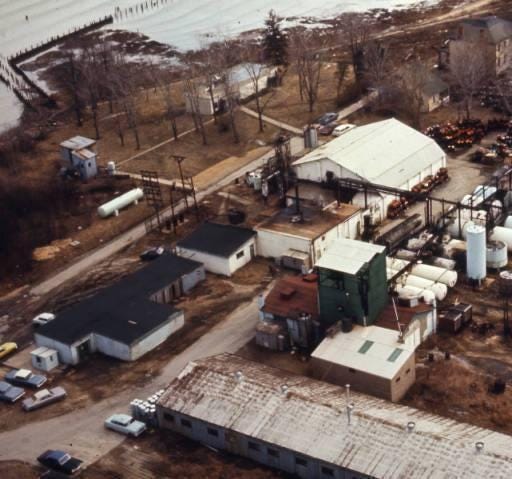
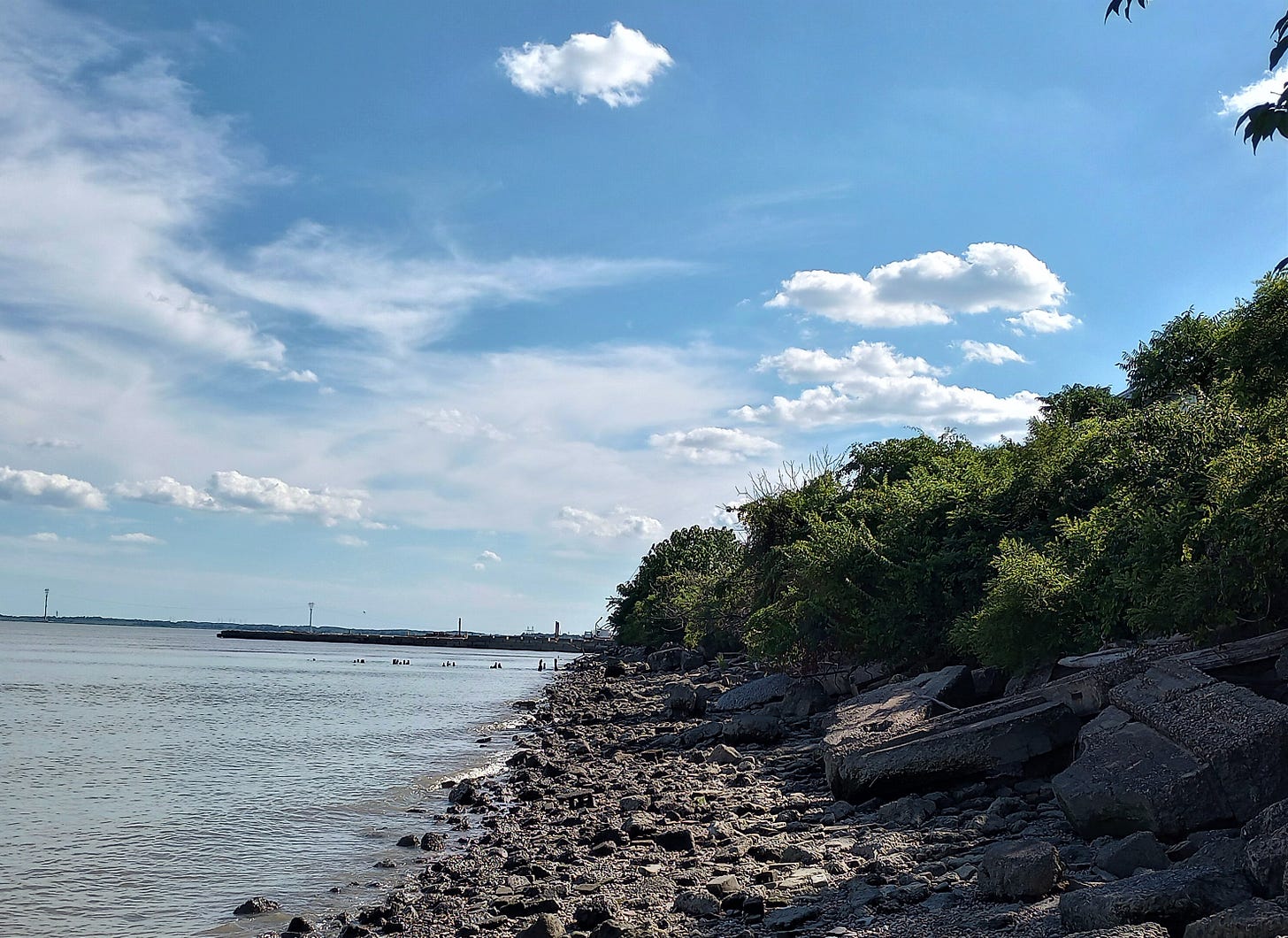
A small correction: Selden Scranton Deemer was my grandfather. There is no "o" in Selden. It's a common error; I was born before photocopiers, and the first copy of my birth certificate was handwritten with the "Seldon" misspelling.